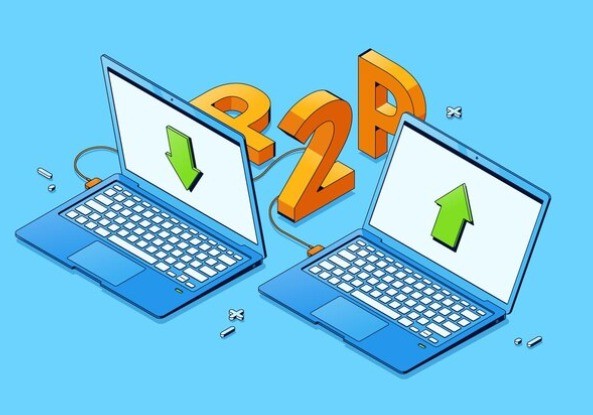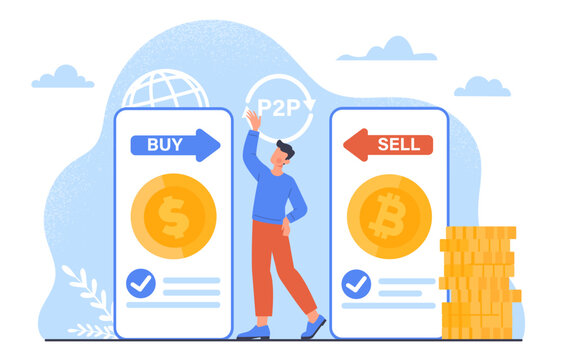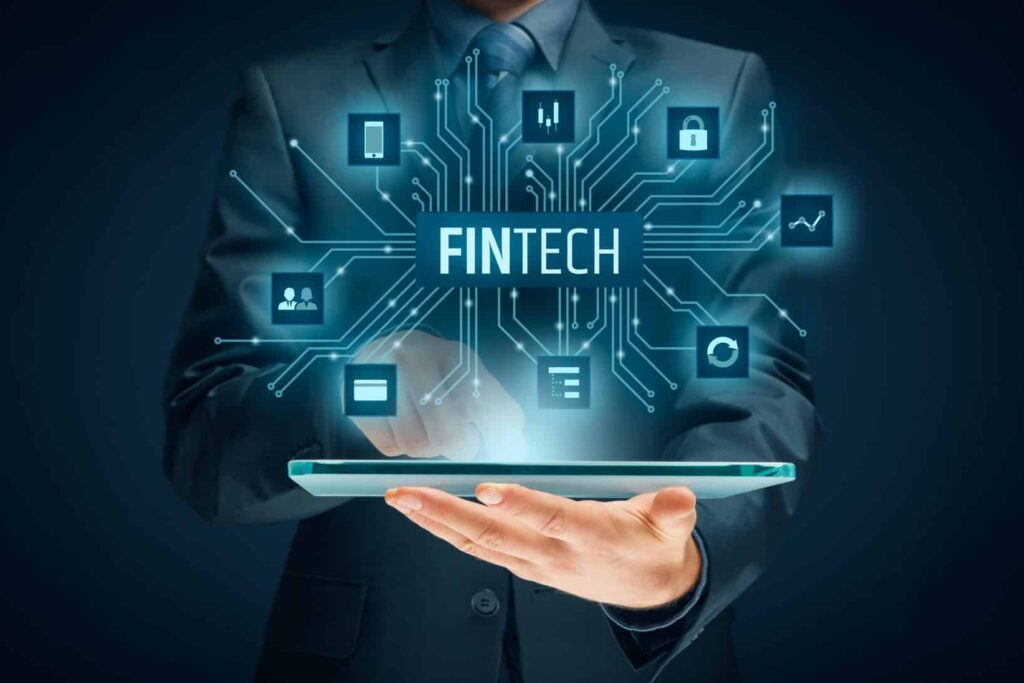Security tips for digital wallet users

In an era dominated by virtual transactions, securing your digital wallet is paramount. Protecting your digital assets requires understanding and implementing robust digital wallet security measures. This post explores essential strategies to enhance the safety of your digital wallet, focusing on the importance of adopting effective security practices. By prioritizing the protection of digital transactions, you can safeguard your digital assets against potential threats and ensure their security in the digital world.
How digital wallets are changing payments

Digital wallets are revolutionizing financial transactions in a digitalizing world, making traditional payment means obsolete. This article delves into the comprehensive impact of electronic wallets, highlighting how they are reshaping commerce and finance. Key benefits discussed include enhanced security, convenience, and faster transactions, positioning digital wallets as pivotal in modern finance’s evolution.
The future of money: digital wallets

In today’s digitally-focused era, the way we handle monetary transactions is rapidly changing, led by the advent of digital wallets. These innovative electronic platforms are revolutionizing the financial landscape, offering seamless and secure transactions across various sectors. As digital wallets become more prevalent, understanding their impact and how they are shaping the future of digital transactions is crucial. This exploration into digital wallets not only highlights their growing importance but also emphasizes the shift towards a more digital-centric financial ecosystem.
The essentials of peer-to-peer lending

P2P lending, also known as peer-to-peer lending, is transforming the financial landscape by allowing direct transactions between individuals, bypassing the need for traditional banks. This innovative approach not only democratizes investing and borrowing but also offers potentially higher returns for investors and more accessible loans for borrowers. By leveraging technology, P2P lending platforms connect people who need money with those looking to invest, making financial transactions more efficient and inclusive. This blog post explores the core aspects of P2P lending, demonstrating its potential to reshape the world of finance by offering an alternative to conventional methods.
P2P lending: a guide for borrowers

In the evolving finance landscape, Peer-to-Peer (P2P) lending stands out as an appealing option for borrowers desiring funds beyond conventional banks. This guide is tailored for P2P lending borrowers, offering them insights on efficiently navigating the P2P lending environment. It encompasses key strategies and tips to maximize the benefits while minimizing the risks associated with P2P lending. Perfect for individuals looking for flexible lending solutions, this resource aims to empower borrowers with the knowledge needed to make informed decisions in the P2P lending space.
Choosing the right P2P lending platform

Selecting the appropriate P2P lending platform is essential for individuals aiming to enhance their financial prospects. With the increasing number of peer-to-peer lending platforms, making an informed choice has become both easier and more complex. To navigate this landscape successfully, borrowers and investors must carefully evaluate each platform’s features, including interest rates, fees, risk management practices, and user reviews. By prioritizing these criteria, one can find a platform that aligns with their financial goals, ultimately optimizing the benefits of participating in the P2P lending market.
Peer-to-peer lending: risks and rewards

“P2P lending stands out in the investment and finance sector as a cutting-edge alternative to conventional banking, facilitating direct financial transactions between individuals. This platform democratizes lending, giving investors and borrowers more control and potentially higher returns and more personalized loan terms, respectively. However, with its distinctive advantages, P2P lending also involves unique risks that participants should consider. Understanding these risks is crucial for anyone looking to dive into this innovative investment opportunity.”
Navigating the rise of financial technology

Fintech innovation is revolutionizing the global economy by transforming our daily financial interactions and understanding of finance. This shift, driven by technology, represents a significant change in the economic landscape, offering new opportunities and reshaping traditional financial services. By focusing on fintech innovation, individuals and businesses can navigate this changing world more effectively, leveraging technology to enhance their financial operations and strategies.
Trends to watch in fintech innovation

In the rapidly changing fintech sector, understanding the latest fintech trends is crucial for professionals and enthusiasts. This blog post explores cutting-edge innovations shaping the financial technology landscape. From advancements in blockchain technology to the rise of AI in personal banking, it highlights key developments poised to redefine the industry. Stay ahead by keeping informed about these pivotal fintech trends.
The impact of technology on financeon finance

The integration of fintech technology into the financial sector marks a transformative shift, reshaping how businesses and consumers interact with financial services. This exploration delves into the significant impact and advancements introduced by fintech, demonstrating its pivotal role in modernizing and streamlining operations within the finance industry. By leveraging innovative digital solutions, fintech technology not only enhances user experiences but also increases accessibility, efficiency, and security in financial transactions, establishing a forward-thinking approach to banking and financial management.